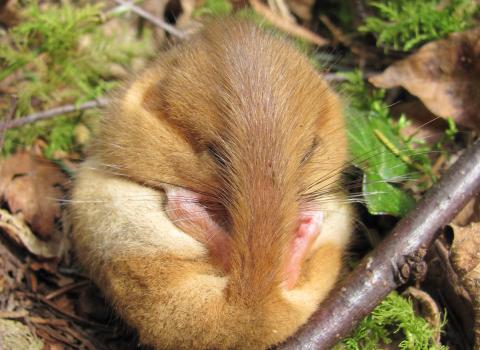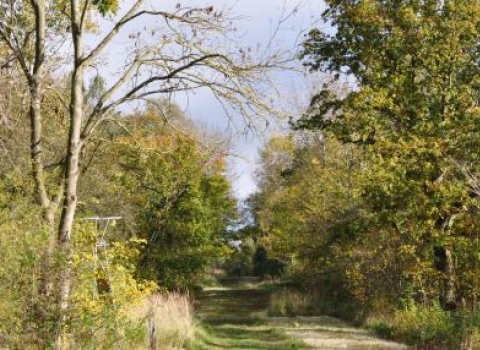Volunteers are monitoring dormice Muscardinus avellanarius in five areas across Cambridgeshire and Northamptonshire. Over 50 volunteers are out surveying 35 transects across 14 woodlands and farms, all of which have been checked at least once this year. The most important areas have been visited up to five times with the final box checks taking place in October.
One of these important sites is a release site for re-introduced dormice (Brampton Wood), two have native populations recorded and the final two areas are focusing on dispersal from known sites. The study is therefore looking at the full spectrum of dormouse presence and dispersal.






